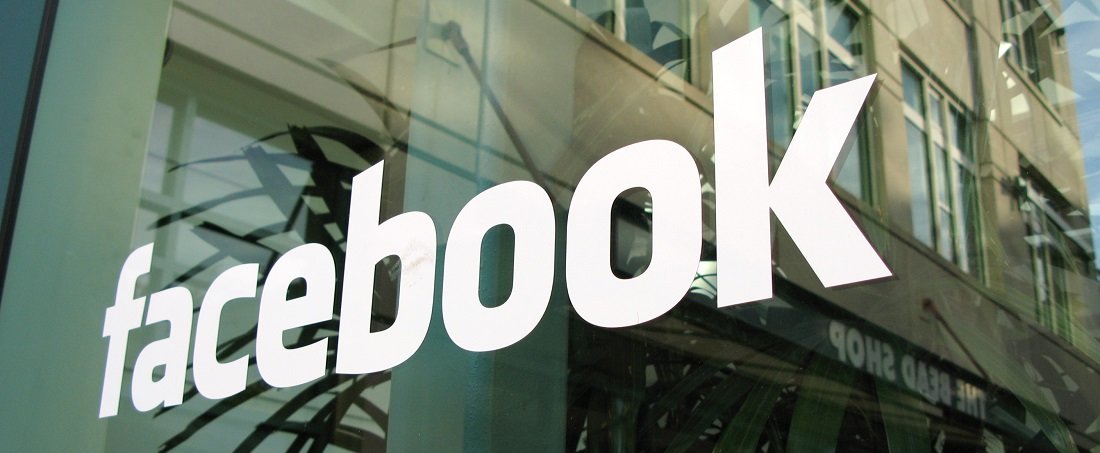Chatbots have gone from the reserve of spammers and school kids, to an ever important part of your corporate communications mix.
Since Facebook unveiled its ‘Bot Platform’ for Messenger at its F8 Facebook Developer Conference last year, over 30,000 bots have been created – and pushed live – on Facebook’s messaging platform alone.
For brands like Sephora, it’s a tangible and direct route to sales. By connecting their consumers with the latest trends and product offers, and giving them immediate customer services functionality, the shopping journey is vastly improved.
For sports teams like the Golden State Warriors it has helped them build on their most important asset – their fanbase – by giving them up-to-date player profiles, video match replays, live commentary and even customised profile pictures after a big win.
And it has even spawned a new type of business: financial management by chat bot. Services like Facebook Messenger chat bot Cleo, offer certified, bank-level security, gaining access to a user’s online banking and analysing their spending habits, sending handy tips, advice and warnings according to self-imposed saving targets.
Chat bots are also revolutionising how people receive news, leading the way in tailoring, personalising and delivering snippets of news to consumers through the chat bot messenger format. Leading chat bots in this space – CNN and Quartz – send message-sized snippets of news through messenger apps, which they increasingly tailor according to a user’s wider interests and their reaction to each post.
It seems logical that consumer brands would jump on this in the first instance to speak more directly to their customers as they shop, but there are swathes of opportunity for corporates to gain from chat bots.
One practical application, for example, can be seen when trying to make annual report results more easily digestible.
Instead of your stakeholders searching through a big PDF for the information most beneficial to them, having a chat bot transmit key annual report information in a highly tailored way engages them in a conversation not miles away from one they’d have with an analyst.
This works well in a low level way – it’s far easier and more engaging to communicate directly with, for example, hundreds of retail shareholders on a Facebook chat bot than e-mailing them with a stodgy report.
Additionally, you can build your chat bot in such a way that you can keep tailoring and customising the alerts and information which different stakeholders receive.
This not only helps you gather more data about your users, but also allows you to communicate more effectively with them on their own terms.
And when we move beyond this more direct corporate communications practice, to the realm of public affairs, the engagement a chat bot can offer becomes even more valuable.
By building a follower base and then inviting those followers to take action in the form of a Facebook message chat bot, you’re already engaging more effectively and efficiently than more traditional routes.
Contrast this to linking to a website, that asks a target to fill in their e-mail details, and then, as an arduous third stage, emails you asking you to act.
The simple functionality of a chat bot seems now to have limitless possibilities, allowing you to digitally mobilise on a grassroots level for a huge range of public affairs campaigns.
The opportunity is vast, but not without risk.
Microsoft is infamous for its ill-fated teen-sounding chatbot Tay, marketed as ‘The AI with zero chill’.
Immediately after its 2016 launch on Twitter, Tay – an AI modelled to speak ‘like a teen girl’, in order to improve customer service – was hijacked by Twitter users who encouraged her to respond to alarming racist and sexist content. Microsoft were forced to put her ‘to sleep’.
There are definitely risks in this model, but we’re increasingly seeing these risks reducing. And with the cost of building a chat bot being relatively low, it’s becoming an area very much worth investing in.
We’ve already seen that chat bots can help drive purchases when it comes to consumer communications.
But they possess all the tools to give public affairs campaigns and corporate comms the tools they need to tailor and refine audience groups, effectively target them with personalised content, and most vitally – mobilise them.

